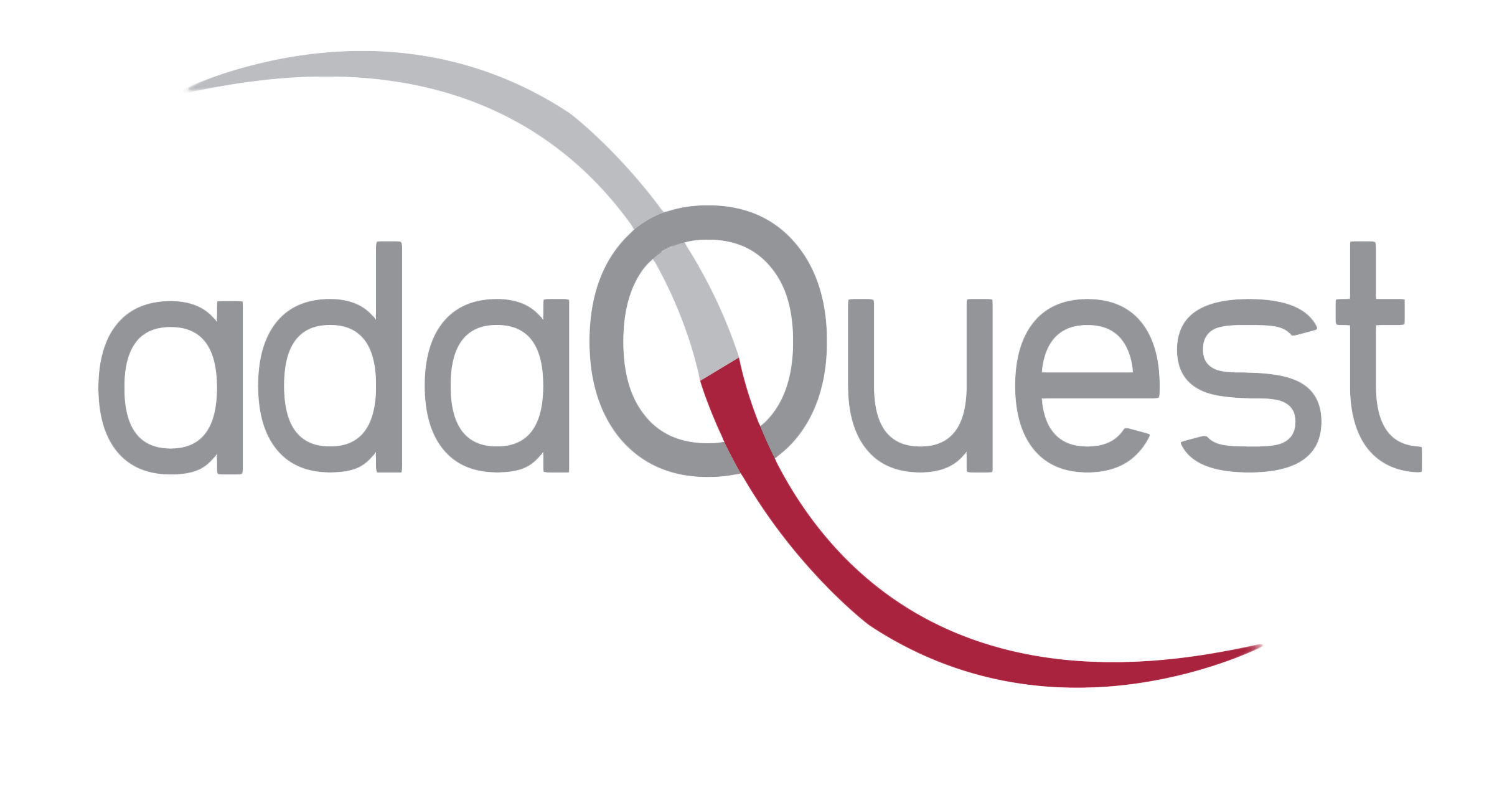
01 Jun Cryptojacking Detection and Prevention
We are now going to look at the detection and prevention of cryptojacking attacks.
The number one sign that your device has been cyptojacked is a sudden unexplained degradation of performance. You can look at things such as GPU load, CPU load, and FPS rates. If any of these experience a sudden performance drop, there may be cryptojacking scripts running in the background.
To protect yourself from being cryptojacked, you should always always always practice good patch hygiene. Cryptojackers are continually looking to exploit out-of-service applications and operating systems.
You should also check to see if your AV can be configured to automatically block mining sites.
Check out Avast, MalwareBytes, and BitDefender, and others with the same functionality.
Often times cryptojacking scripts are delivered through web ads. So, you may want to install and ad blocker on your browser. Examples include, MinerBlock, No Coin, and Ad Blocker Plus.
Awareness is possibly the most important element of a good IT security posture. So, spread the word in your organization. Teach your colleagues about cryptojacking, what to look for, and how to prevent an attack.
To learn more about how to detect and prevent cryptojacking, ransomware, and other types of malware, give us a shout!

Mark Shriner is Director of Business Development for adaQuest a Microsoft Cybersecurity & Compliance partner with offices in Bellevue, Washington, Tokyo, and Sao Paulo.



Sorry, the comment form is closed at this time.